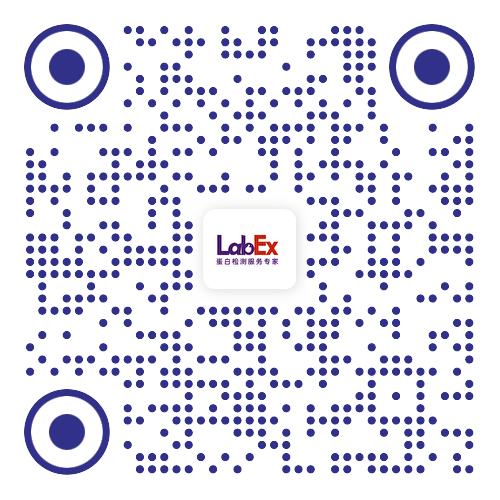Cellular mechanism of insulin resistance in nonalcoholic fatty liver disease
Metabolic;代谢/内分泌- Am J Physiol Endocrinol Metab
- 2011
- 3.1
- 108(39):16381-5.
- Canine,Human,Mouse,Non-Human Primate,Rat
- MSD
- 免疫/内分泌
- Plasma
- 免疫/内分泌
- 胰岛素抵抗
- GLP-1,Insulin
- doi: 10.1073/pnas.1113359108
相关货号
LXMC04-1LXMH02-1LXMH03-4LXMH04-4LXMH04-7LXMH07-3LXMH07-4LXMH07-5LXMH07-7LXMH07-8LXMH09-1LXMH09-2LXMH09-3LXMH10-5LXMH10-9LXMH111-1LXMH22-1LXMH30-1LXMH37-1LXMH40-1LXMH44-1LXMH46-1LXMH54-1LXMH71-1LXMH87-1LXMM02-2LXMM02-3LXMM03-2LXMM03-3LXMM06-2LXMM06-3LXMM06-4LXMM08-1LXMM10-1LXMM10-2LXMM10-3LXMM13-1LXMM50-1LXMM58-1LXMN03-1LXMN05-1LXMN06-1LXMN06-2LXMN06-3LXMN09-2LXMN09-3LXMN24-2LXMN61-1LXMR02-2LXMR02-3LXMR03-3LXMR03-4LXMR06-1LXMR06-2LXMR07-1LXMR09-1LXMR12-1
Abstract
Insulin resistance is associated with nonalcoholic fatty liver disease (NAFLD) and is a major factor in the pathogenesis of type 2 diabetes. The development of hepatic insulin resistance has been ascribed to multiple causes, including inflammation, endoplasmic reticulum (ER) stress, and accumulation of hepatocellular lipids in animal models of NAFLD. However, it is unknown whether these same cellular mechanisms link insulin resistance to hepatic steatosis in humans. To examine the cellular mechanisms that link hepatic steatosis to insulin resistance, we comprehensively assessed each of these pathways by using flash-frozen liver biopsies obtained from 37 obese, nondiabetic individuals and correlating key hepatic and plasma markers of inflammation, ER stress, and lipids with the homeostatic model assessment of insulin resistance index. We found that hepatic diacylglycerol (DAG) content in cytoplasmic lipid droplets was the best predictor of insulin resistance (R = 0.80, P < 0.001), and it was responsible for 64% of the variability in insulin sensitivity. Hepatic DAG content was also strongly correlated with activation of hepatic PKCε (R = 0.67, P < 0.001), which impairs insulin signaling. In contrast, there was no significant association between insulin resistance and other putative lipid metabolites or plasma or hepatic markers of inflammation. ER stress markers were only partly correlated with insulin resistance. In conclusion, these data show that hepatic DAG content in lipid droplets is the best predictor of insulin resistance in humans, and they support the hypothesis that NAFLD-associated hepatic insulin resistance is caused by an increase in hepatic DAG content, which results in activation of PKCε.
金课堂之文献解析 文献原文请点击
本网站销售的所有产品及服务均不得用于人类或动物之临床诊断或治疗,仅可用于工业或者科研等非医疗目的。











 沪公网安备31011502400759号
沪公网安备31011502400759号
 营业执照(三证合一)
营业执照(三证合一)


